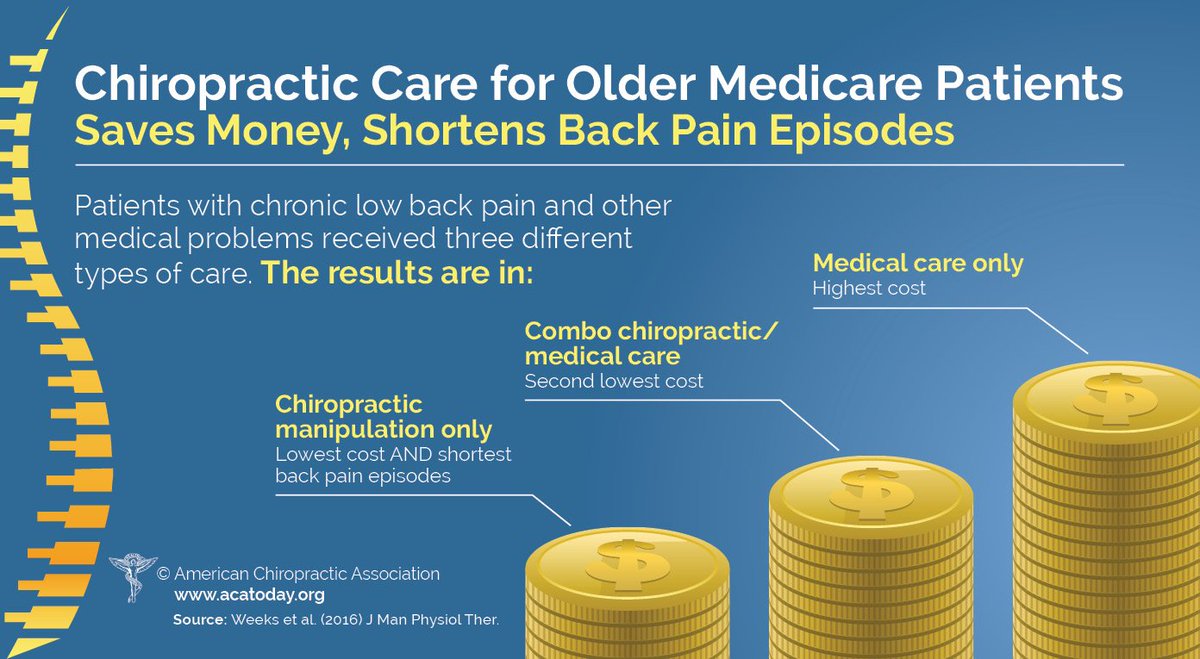Simply When You Assume Alleviation Is Near, Soft Tissue Therapy Discloses Its Unpleasant Truths-- Uncover Why The Procedure Can Be Excruciating Yet Valuable
Simply When You Assume Alleviation Is Near, Soft Tissue Therapy Discloses Its Unpleasant Truths-- Uncover Why The Procedure Can Be Excruciating Yet Valuable
Blog Article
bioperine supplements By-Holman Lundgaard
When you go through soft Tissue therapy, you may find it remarkably unpleasant. This pain develops as stress is applied to tense muscle mass and damaged cells, activating your discomfort receptors. While it can really feel upsetting in the moment, there's a reason behind this experience. Recognizing what happens in your body during these treatments can assist you value the process. So, what exactly is going on below the surface area?
The Physiology of Pain During Soft Tissue Treatment
When you undertake soft Tissue therapy, your body's feedback to discomfort is an intricate interplay of physical procedures. As please click the following article applies pressure, your body triggers discomfort receptors, sending out signals to your brain. This causes the release of neurotransmitters, such as compound P and glutamate, which amplify the feeling of discomfort.
Your muscles might additionally tighten in action, further complicating the experience. In addition, your body may release endorphins, all-natural pain relievers that can help reduce some discomfort.
The interaction between these procedures can produce a distinct experience for each person. Recognizing this physiological reaction helps you browse the sensations during treatment, allowing you to appreciate the balance between pain and the capacity for recovery advantages.
The Function of Discomfort in the Healing Process
Although discomfort throughout soft Tissue therapy can really feel frustrating, it plays an essential function in the recovery procedure. When you experience pain, your body is indicating that it's functioning to repair broken cells. This action aids enhance blood flow to the affected area, supplying vital nutrients and oxygen required for recovery.
Additionally, discomfort can promote the launch of endorphins, your body's natural painkillers, producing a sense of alleviation post-treatment. Accepting this pain can help you recognize your body's restrictions and encourage you to attend to underlying problems.
While it's unpleasant currently, this process is important for lasting healing and enhanced function. Acknowledging pain as a vital part of healing can encourage you to remain devoted to your treatment.
Tips for Taking Care Of Pain Throughout and After Therapy
Handling pain throughout and after soft Tissue therapy can considerably improve your general experience and recovery.
To start, interact freely with your therapist regarding your discomfort degrees; they can readjust methods as necessary. Utilizing deep breathing strategies can likewise aid you kick back and minimize discomfort.
Take into consideration applying ice to the treated location post-session to decrease inflammation and numb pain. Remaining hydrated help in the recovery procedure, so consume alcohol a lot of water.
Gentle extending and light movement after therapy can promote blood circulation and ease stiffness. Finally, guarantee you obtain appropriate remainder to allow your body to heal.
Implementing these pointers can make your soft Tissue therapy more workable and enjoyable.
Conclusion
In conclusion, while soft Tissue treatment can be awkward, it's important to acknowledge that this discomfort plays a crucial role in your recovery trip. By recognizing the physiological reactions at play, you can come close to the treatment with a much more favorable attitude. Bear in mind, the initial pain usually paves the way to relief as your body launches endorphins. Accept the procedure, and do not hesitate to utilize the ideas for handling discomfort to improve your experience and recovery.
